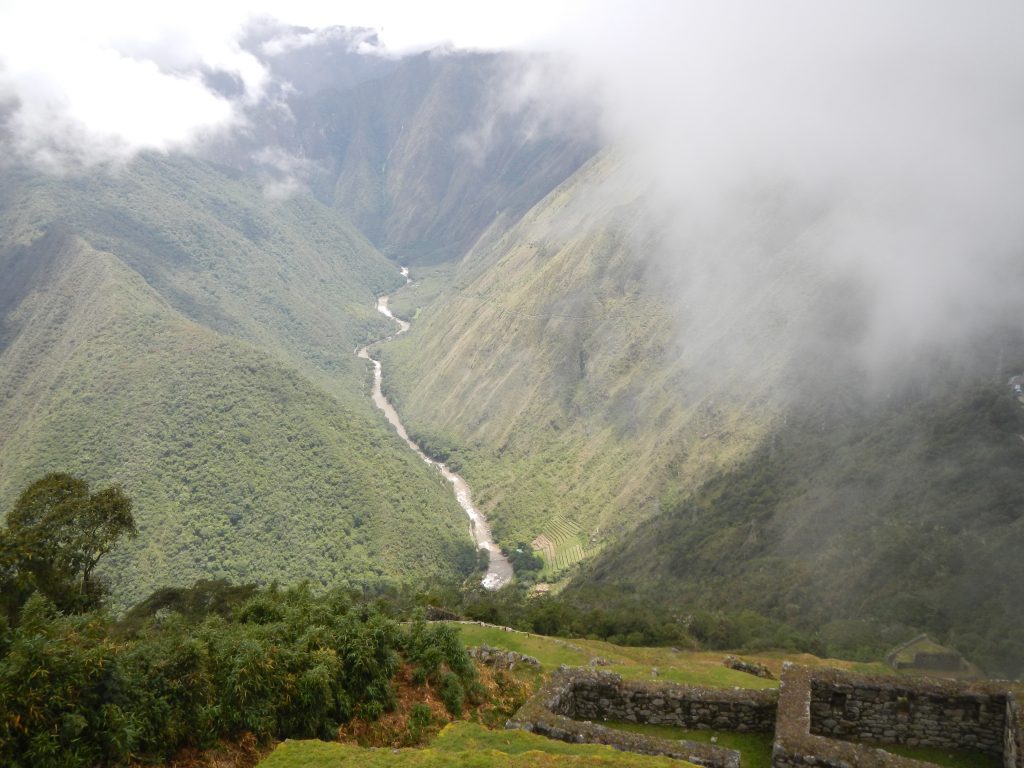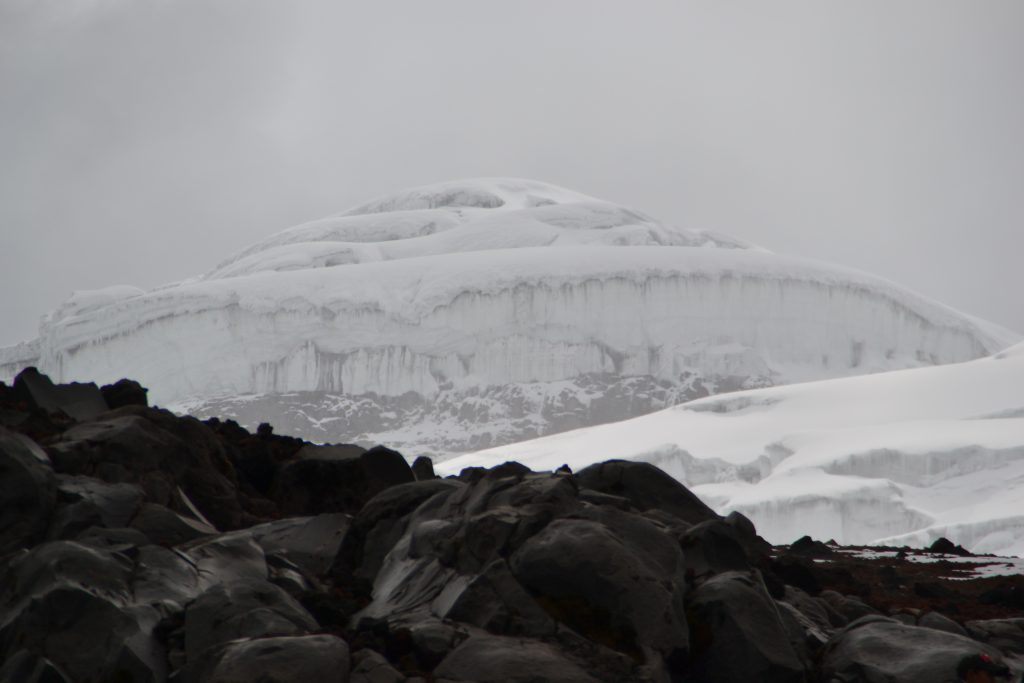Dr Jason Rajakulendran, TMA Sandringham.
A recent holiday to the Andean mountains of Ecuador & Peru highlighted to me the importance of careful preparation for any time spent at altitude. The Andes as the world’s second highest mountain range, allow relatively easy flight access to stunning high-altitude regions and active pursuits. As I climbed above 5000m on the glacial volcano of Cotopaxi, I started feeling the dramatic effects of altitude illness despite some efforts to acclimatise. Fortunately, I was able to recover quickly and enjoy the remainder of the holiday. Please read on for advice on how to help prevent and manage altitude illness when travelling to high places.
What is altitude sickness?
Altitude illness occurs when a person moves from a lower level of altitude to a higher level too quickly. Since there is less oxygen in the air at higher altitudes, your body requires some time to adjust to operating with less oxygen with each breath. The higher and faster you ascend without giving your body time to acclimatise, the greater your risk of becoming ill with altitude sickness.
Symptoms
Early warning signs of altitude illness include fatigue, headaches, nausea, shortness of breath and insomnia. Mild forms of the altitude illness will usually be symptomatic within the first day of reaching a higher altitude, and usually improves over the next 48-72 hours as your body adjusts. If your symptoms worsen or are accompanied by any loss of coordination or vomiting, you are at increased medical risk and should descend to a lower elevation as soon as possible.
A person with severe altitude illness may experience an inability to walk, become confused, have a cough or become short of breath. If these symptoms are present, the illness can become an emergency and the person must be taken to a lower elevation for immediate medical attention. Hospital care maybe required in more serious cases involving fluid on your lungs or brain.
Places you may be at risk
As Australia is relatively flat, when we travel overseas, we may forget to consider the health risks by not acclimatising appropriately or by ascending too quickly. Altitude illness can occur at elevations of 2500m or higher and is sometimes referred to as mountain sickness. Mountain climbers or hikers are no the only ones at risk. There are more than 30 popular tourist cities in the world which sit at altitudes above 2500m. It is always important to check the altitude of your travel destination and discuss with your travel doctor before you fly.
Tips for avoiding altitude illness
- Ascend slowly and gradually where possible and give your body time to adjust. If possible, avoid ascending higher than 2500m on the first day of your trip. Then avoid climbing to elevations over 400-600 metres above the previous day.
- Keep physical activity to a minimum until you have adjusted to the altitude. Exercise causes the body to consume more oxygen, which is less available at higher elevations.
- Avoid multi-day hikes until you have adjusted to the elevation. As altitude illness can worsen overnight, it is best to sleep at the lowest practical point when hiking.
- Drink plenty of water and avoid alcohol and tobacco, as cigarettes and alcohol dehydrate the body and increase your risk of altitude illness.
- Your body needs more calories at higher altitudes, so eat frequent small-size portions of carbohydrate-based food to maintain energy levels.

